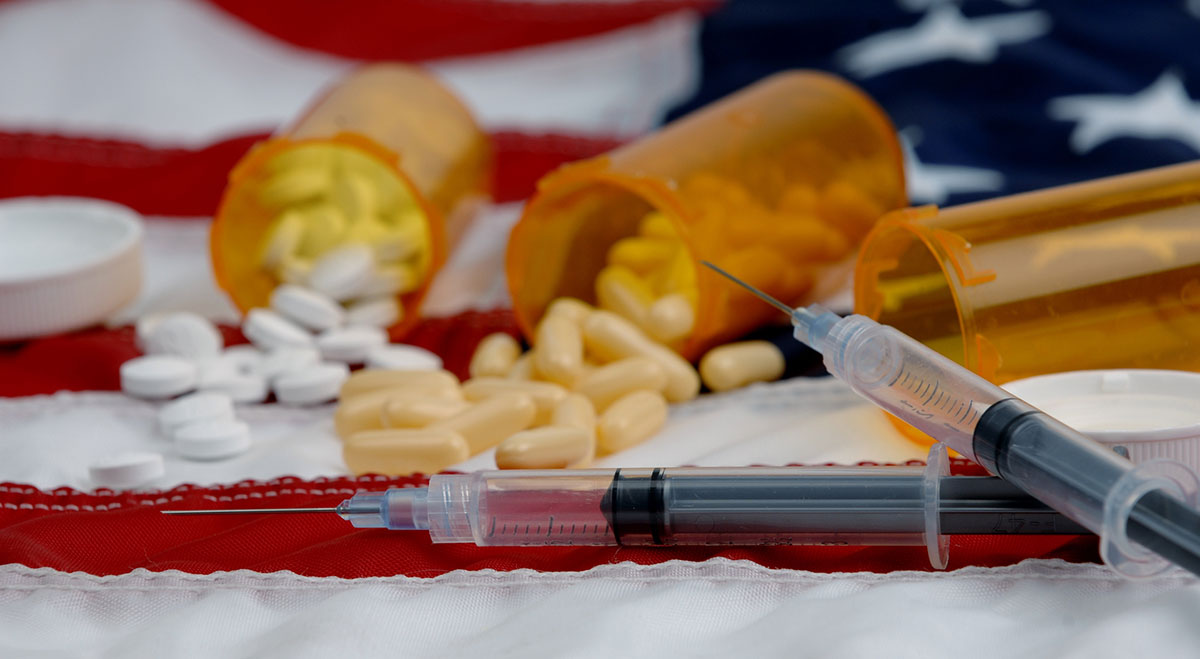Late in October, Trump finally decided to acknowledge the seriousness of America’s opioid addiction crisis. Considering that federal funds available to deal with the crisis total less than $60,000, his declaration – like so many of his so-called “actions” over the past 11 months – is meaningless. This week, just how meaningless became clear as the White House Commission of Economic Advisors (CEA) released data outlining the costs of the crisis to the U.S. economy. The annual price tag of opiate addiction – $504 billion.
Last year, a study published in the journal Medical Care estimated that abuse of prescription opioid abuse in 2013 was $78.5 billion. More than one-third of that price tag went to health care and substance abuse programs; one-fourth of the cost came out of public funds for treatment and criminal justice costs.
The council gave a couple of reasons for the six-fold increase. One is the dramatic rise in addiction rates. Over the past ten years, the number of opioid-related deaths has gone up by 100%, but previous studies did not always reflect those numbers. The council also notes that previous studies were focused on the abuse of prescription opioids, whereas the current study factors in the use of illegal opioid narcotics, such as heroin. According to the report, “Previous estimates of the economic cost of the opioid crisis greatly underestimate it by undervaluing the most important component of the loss — fatalities resulting from overdoses.”
The current data indicates that of 50,000 deaths in 2015 attributable to drug overdoses, approximately 33,000 – nearly two-thirds – involved opioids, most of whom were between the ages of 25 and 55. However, the CEA report notes that opioid use is often not reported on death certificates, so the actual number of opioid-related deaths may be more than 8 percent higher, according to estimates. There are more grim statistics: opioid addiction rates have doubled over the past decade, and are up 300 percent since 2001.
On November 1st, a bipartisan commission especially created to study the problem issued a report on the crisis, making several recommendations, one of which was to issue block grants to individual states. The report cited excessive bureaucracy due to the number of federal agencies and multiple grants that “cause states a significant administrative burden from an application and reporting perspective.” The commission also noted that “Money is being wasted and accountability for results is not as intense as it should be.” They argue that block grants would result in more being spent directly on treatment and prevention programs.
It is worth noting that Trump’s declaration a few weeks ago fell short of the official emergency declaration the commission had been seeking. Such a declaration would have made more funding and resources available. At the same time, the CEA’s proposal is short on treatment and prevention solutions, but long on taking a punitive approach, calling for more drug courts as well as penalties against insurers that refuse to cover substance abuse treatments, although it does recommend additional training for physicians. It does not call for more funding, however – and the amount of money currently available is barely enough to give $1000 to each family who has lost a member to opioids. That won’t go far.
Like so many of Trump’s statements over the past year, his recent “declaration” is – to quote the Bard of Avon – “a tale told by an idiot, full of sound and fury, signifying nothing.”

